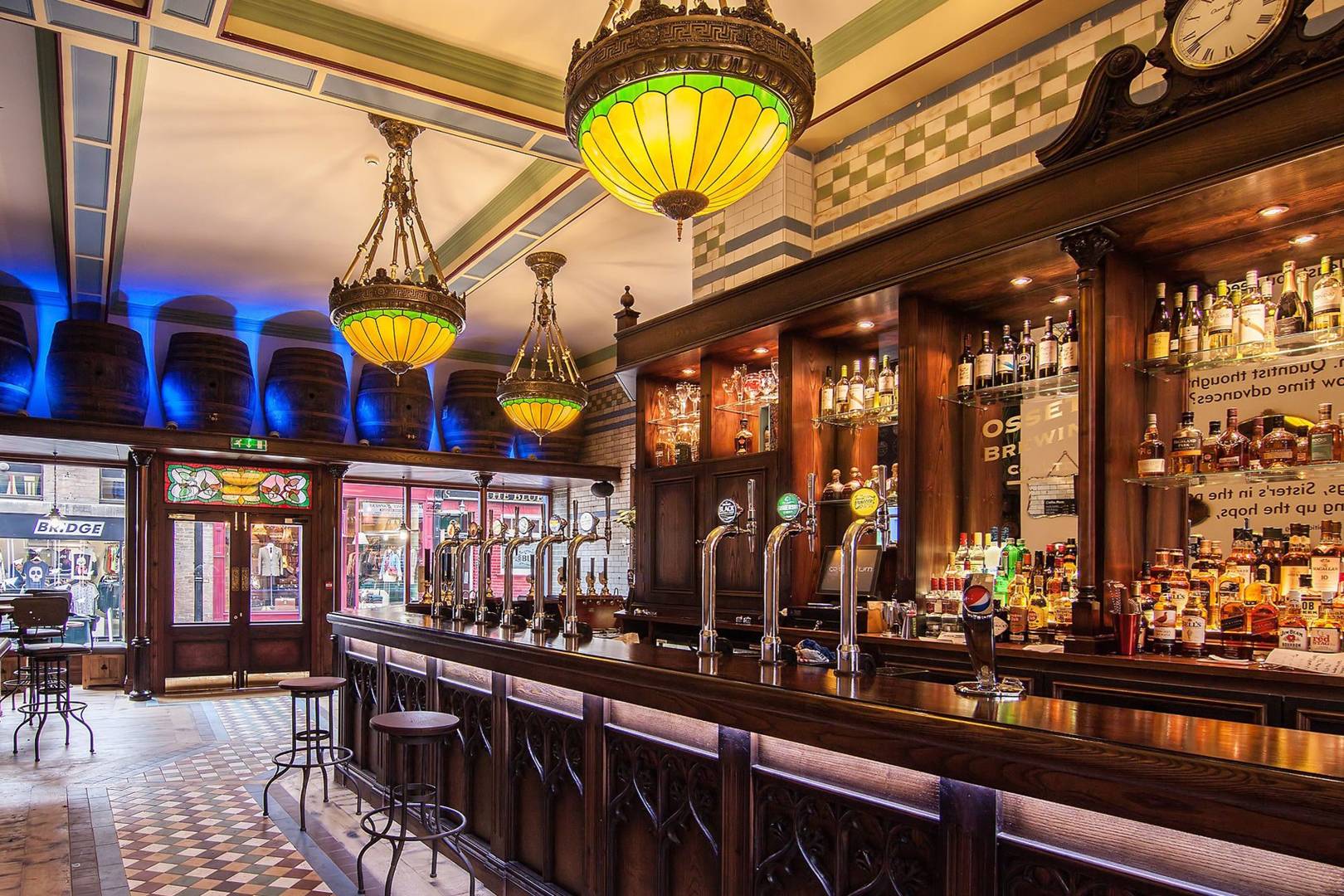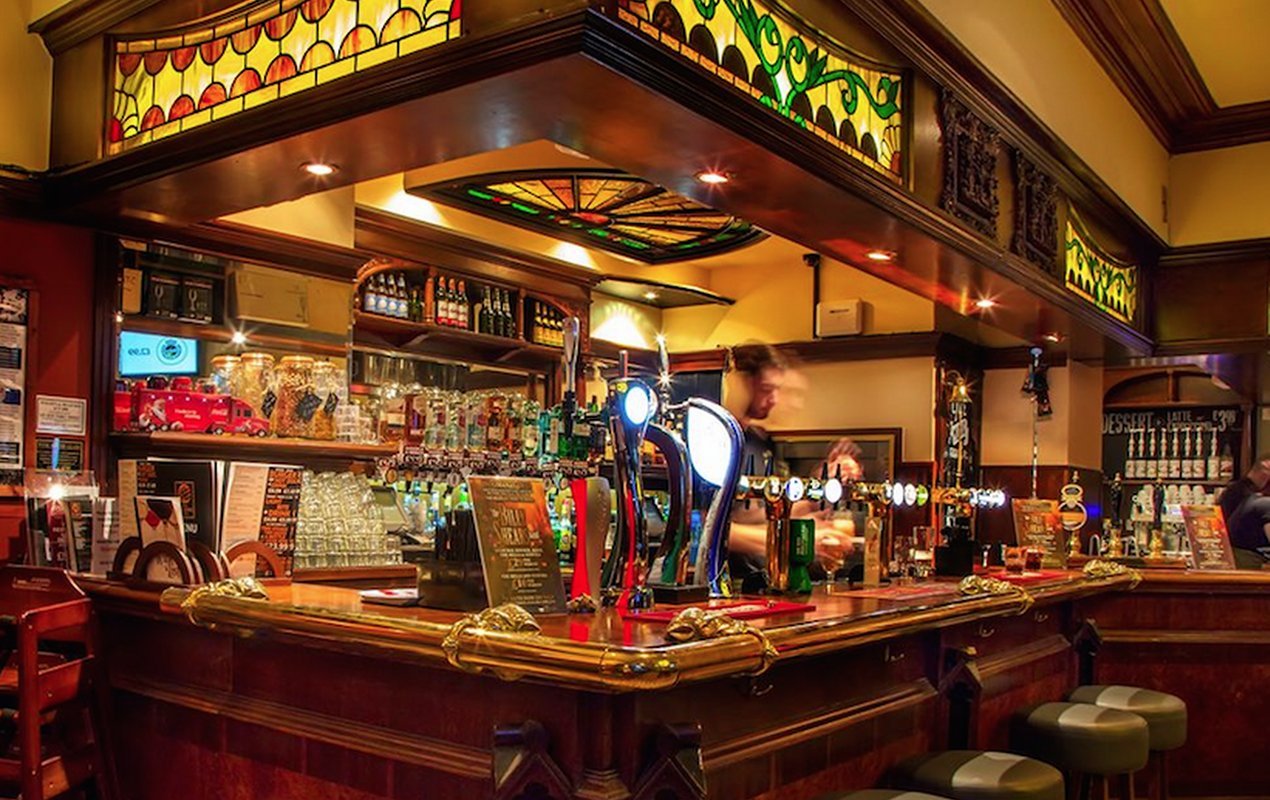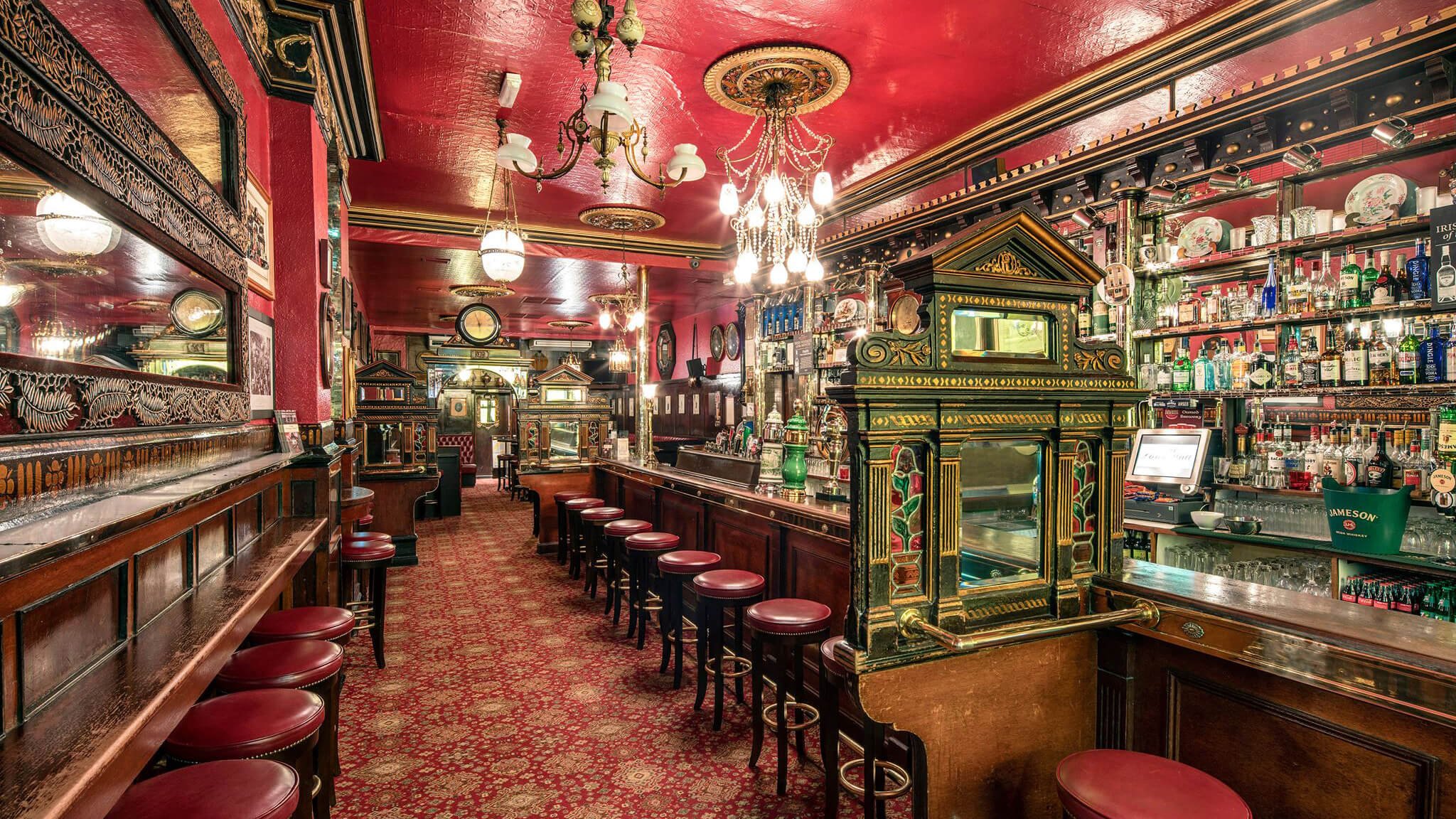History and Origins of the Barley House

The term “barley house” is deeply rooted in the history of brewing, a practice that dates back thousands of years. Barley, a key ingredient in beer, has played a central role in shaping the evolution of this popular beverage and, consequently, the establishments associated with its production and consumption.
The connection between barley and the term “barley house” is evident in the origins of the word “beer” itself, which is derived from the ancient Egyptian word “biiru,” meaning “barley.” This connection emphasizes the importance of barley in brewing throughout history, as it was the primary source of fermentable sugars used in the production of beer.
Evolution of the Barley House Concept
The concept of a “barley house” has evolved significantly over time, reflecting the changing cultural and societal contexts in which it emerged. In its earliest forms, the “barley house” was often a simple structure associated with the production of beer, where brewing took place and where the finished product was stored.
As brewing practices developed and beer became increasingly popular, the “barley house” transitioned into a more multifaceted establishment. It became a place where beer was not only produced but also consumed, often serving as a gathering place for the local community. This evolution was driven by a number of factors, including the increasing demand for beer, the development of more efficient brewing techniques, and the growing popularity of taverns and inns as social centers.
Cultural and Societal Influences
The development of “barley houses” throughout history was shaped by a range of cultural and societal influences. These influences included:
* Religious Beliefs: In some cultures, beer was associated with religious rituals and celebrations, leading to the establishment of “barley houses” as places of religious significance.
* Economic Factors: The production and consumption of beer became an important economic activity in many societies, contributing to the growth and development of “barley houses” as businesses.
* Social Norms: The social norms of different cultures and time periods influenced the role of “barley houses” in society. In some cultures, they were considered places of leisure and entertainment, while in others, they were viewed as places of social and economic exchange.
The Barley House as a Social and Cultural Hub

Barley houses, with their origins steeped in history and tradition, are not just places to consume beverages. They are social and cultural hubs, serving as meeting points for communities and fostering a sense of belonging. These establishments have played a pivotal role in shaping social interactions and cultural expressions throughout history.
The Atmosphere and Ambiance of a Barley House
The atmosphere of a barley house is often characterized by a warm and inviting ambiance, where patrons can relax and socialize. The décor typically reflects the establishment’s history and character, ranging from traditional pubs with dark wood and exposed brick to modern breweries with sleek, industrial designs. The ambiance is often enhanced by the presence of live music, games, and social events, creating a vibrant and engaging atmosphere.
Types of Barley Houses
Barley houses come in a variety of forms, each catering to different preferences and social dynamics.
- Pubs: Traditional pubs are known for their cozy and intimate atmosphere, often featuring a wide selection of beers on tap, along with classic pub fare. They are often seen as community gathering places, where locals can meet, chat, and enjoy a drink.
- Breweries: Breweries are focused on the production and sale of their own craft beers. They often offer tours of their facilities, allowing patrons to witness the brewing process firsthand. Many breweries have taprooms where visitors can sample and purchase their beers, creating a more casual and educational experience.
- Brewpubs: Brewpubs combine the production of beer with a restaurant setting, offering a full menu alongside their own craft brews. They provide a more formal dining experience while still maintaining a relaxed and social atmosphere.
The Role of Barley Houses in Fostering Community and Social Interaction
Barley houses have long been recognized as vital social spaces, fostering community and interaction among patrons.
- Meeting Places: Barley houses serve as informal meeting places for friends, families, and colleagues, providing a neutral and welcoming environment for socializing.
- Community Events: Many barley houses host community events, such as live music performances, trivia nights, and charity fundraisers, bringing people together and fostering a sense of belonging.
- Networking Opportunities: Barley houses can provide opportunities for networking, as people from different backgrounds and professions come together in a relaxed setting.
- Shared Experiences: The shared experience of enjoying a good beer or meal in a convivial atmosphere can create a sense of camaraderie and connection among patrons.
The Brewing Process and its Connection to the Barley House

The brewing process is a fascinating journey that transforms simple ingredients into a complex and flavorful beverage. At the heart of this transformation lies barley, the grain that gives beer its unique character. From the fields to the glass, the barley house plays a crucial role in each stage of this process.
The Essential Steps of Brewing
The brewing process can be broken down into several key steps, each contributing to the final product’s flavor and characteristics.
- Malting: This process involves germinating barley grains, which triggers the production of enzymes that break down starches into fermentable sugars. The germinated barley, known as malt, is then dried and kilned, imparting distinct flavors and colors to the beer.
- Milling: The malt is ground into a coarse powder, known as grist, to expose the starches for efficient extraction during the next stage.
- Mashing: The grist is mixed with hot water in a process called mashing. This allows the enzymes in the malt to convert starches into fermentable sugars. The resulting liquid, called wort, is then separated from the spent grain.
- Boiling: The wort is boiled for an extended period, which sterilizes it and concentrates the sugars. Hops are added during the boil, contributing bitterness, aroma, and preservation qualities to the beer.
- Fermentation: The cooled wort is transferred to a fermenter, where yeast is added. Yeast consumes the sugars in the wort and produces alcohol and carbon dioxide as byproducts, giving beer its characteristic taste and fizz.
- Conditioning and Packaging: After fermentation, the beer is often conditioned to enhance its flavor and clarity. It is then packaged in bottles, cans, or kegs, ready for consumption.
Different Brewing Techniques
Brewing techniques have evolved over centuries, with each method impacting the final beer’s flavor profile and characteristics.
- Ale Brewing: Ale brewing utilizes top-fermenting yeast strains, which work best at warmer temperatures. This results in beers with a wide range of flavors, from fruity and floral to hoppy and bitter.
- Lager Brewing: Lager brewing employs bottom-fermenting yeast strains that ferment at cooler temperatures. This results in beers with a clean, crisp flavor profile and a longer shelf life.
- Sour Brewing: Sour beers are brewed using wild yeast and bacteria, which produce lactic acid and other organic acids, creating a distinctive sour and tart flavor. This technique is often used for styles like Berliner Weisse and Lambic.
Beer Styles and Their Characteristics
| Beer Style | Key Characteristics | Typical Ingredients |
|---|---|---|
| Pale Ale | Hoppy, bitter, balanced malt flavor | Barley malt, hops, yeast |
| IPA (India Pale Ale) | Intensely hoppy, bitter, high alcohol content | Barley malt, hops, yeast |
| Stout | Dark, roasted flavors, often with coffee or chocolate notes | Roasted barley malt, hops, yeast |
| Lager | Crisp, clean, refreshing flavor | Barley malt, hops, yeast |
| Wheat Beer | Light, refreshing, often with fruity or spicy notes | Wheat malt, barley malt, hops, yeast |
You know, back in the day, people didn’t just hang out at the mall or the park. They had these places called “barley houses,” where they’d gather to drink and socialize. These barley houses were like the original pubs, and they played a big role in community life.
You can learn more about them and their history here , if you’re interested. So next time you’re looking for a good time, remember the barley house, the original place to unwind and connect.
The Barley House is a popular spot in Cleveland, known for its craft beers and lively atmosphere. But if you’re ever caught up in a legal dispute in the city, you might find yourself needing to check the Cuyahoga County Court Docket to see what’s going on.
Luckily, with a little online research, you can find out what cases are scheduled, who’s involved, and when they’re taking place. So, whether you’re enjoying a pint at the Barley House or facing a legal hurdle, knowing your way around the court system can come in handy.
